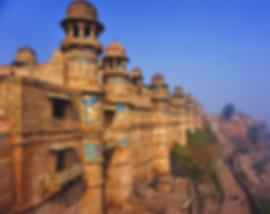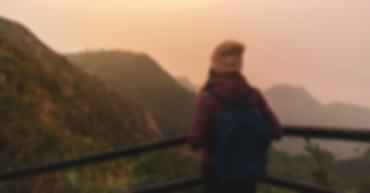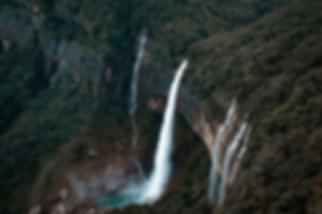Fall In Love With Water At Elephant Falls In Shillong
Author
Preetha Manivelan
Date of Publishing
November 14, 2022
Read
5 minutes

Shillong is one of the beautiful hill stations in India. The city got its name from the word, Lei Shyllong, a God worshipped in Shillong. Being beautifully surrounded by pine trees, Shillong is a perfect place to plan your escape from the hustle and bustle of the city. Here, you will find many picturesque places filled with rich tradition and culture. Shillong, the capital city of Meghalaya, is also known as the ‘Scotland of the East’. Out of the many amazing places that Shillong has to offer, Elephant Falls is a must-visit.
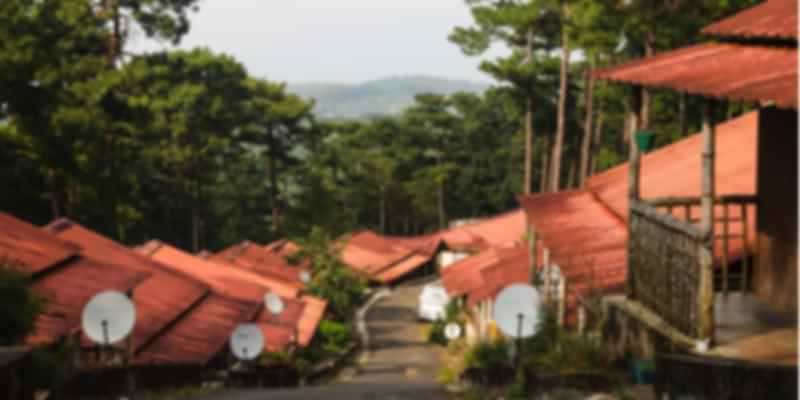
An amazing picture of some little houses in Shillong
Elephant Falls in Shillong
Shillong is especially known for some breathtakingly beautiful waterfalls it has. Out of which, Elephant Falls is the most popular. It stays as one of the top attractions to visit, not only in the city but in entire Northeast India. Are you thinking that the Elephant Falls has got this name because it might have elephants? Then you are wrong. The waterfall has an elephant-like stone situated right at its foot, hence the place was named after that.

A picture that explains the reason behind the name of Elephant Falls in Shillong
To reach the falls, you have to climb 150 steps which would be a little slippery. You will find a few benches along the way for you to sit and relax. Elephant Falls is also referred to as ‘The Three Step Waterfall’ as you will see three different parts of falls there. The first waterfall will have a dense forest, the second waterfall will have thin strands of water and the third waterfall with the clear waters flowing in. Once you reach the top, you will realize how mesmerizing it is and get to admire its beauty completely.
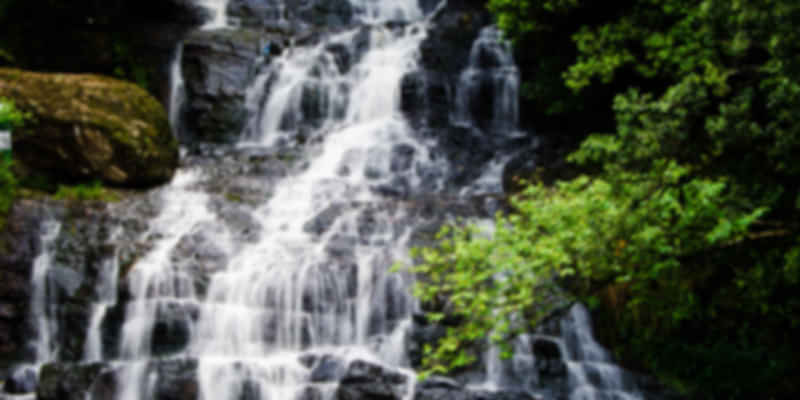
A breathtaking picture of Elephant Falls in Shillong
Best time to visit the Elephant Falls
The waterfall can be visited at any time of the year and it retains the awesomeness all year round. But the best time to visit this place would be from January to April. Also, try visiting this place when the sun settles as golden rays on the waterfall will be well worthy of a watch.
How to reach
Here are the ways by which you can visit the Elephant Falls:
By air: You can reach the nearest airport, which is Guwahati Airport. From there, you can take either a cab or a bus to reach the waterfall.
By road: You can take a bus to Shillong from Guwahati and other major cities in the northeast. From Shillong, take either a cab or a rickshaw to reach the waterfall.
By train: The nearest railway station is the Guwahati Railway Station. From there, either take a bus or a cab to reach the waterfall.
Entry fee and operating hours
Here is the information about the entry fee and operating hours:
Entry fee: 20 INR per person
Operating hours: 10 AM to 6 PM
Tips to take note of
- The stairs might be slippery so make sure to wear comfortable shoes.
- You can find many souvenir shops near the parking lot. Don’t forget to buy some!
- The path to the Elephant Falls involves a lot of walking. So keep yourself hydrated and carry sufficient amount of water (ironic, right:P) with you.
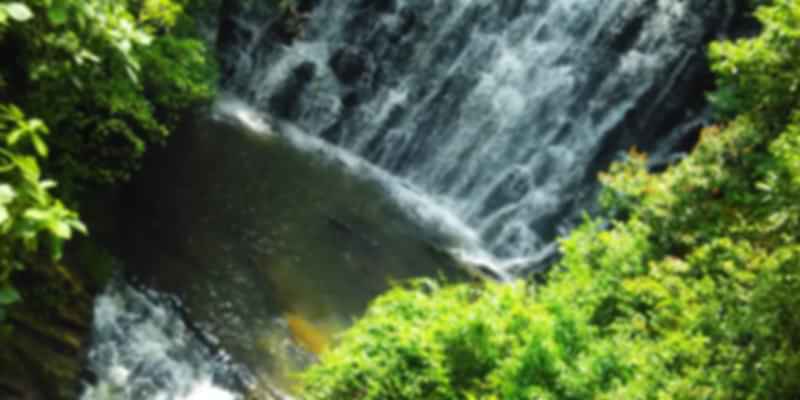
A view of the picturesque Elephant Falls in Shillong
Want to get fascinated by natural beauty? Then you must visit Shillong. With beautiful places, pleasant climate and hiking trails, Shillong is a complete package where you can find the best of everything. To plan your trip to this amazing city, visit the website of Pickyourtrail to get the packages to Shillong. If you already have a plan in mind, we would help you customize it according to your budget and interests. While you are there, we will make sure that you are given 24*7 support via the Pickyourtrail application.
Happy exploring!
Indian Tourism Useful Resources
Andhra Pradesh Tourism | Uttarakhand Tourism | Sikkim Tourism | Andaman Nicobar Tourism | Rajasthan Tourism | Goa Tourism | Lakshadweep Tourism | Telangana Tourism | Meghalaya Tourism | Kashmir Tourism
Places to Visit Useful Resources
Places to Visit in Uttarakhand | Places to Visit in Goa | Places to Visit in Kashmir | Places to Visit in Rajasthan| Places to Visit in Sikkim | Places to Visit in Andaman Nicobar | Places to Visit in Meghalaya | Places to Visit in Andhra Pradesh | Places to Visit in Lakshadweep | Places to Visit in Telangana
Things to do Useful Resources
Things to do in Goa | Things to do in Andaman Nicobar | Things to do in Kashmir | Things to do in Lakshadweep | Things to do in Sikkim | Things to do in Meghalaya | Things to do in Rajasthan | Things to do in Uttarakhand | Things to do in Andhra Pradesh | Things to do in Telangana
Best Time to Visit Useful Resources
Best Time to Visit Kashmir | Best Time to Visit Andaman Nicobar | Best Time to Visit Goa | Best Time to Visit Sikkim | Best Time to Visit Rajasthan | Best Time to Visit Lakshadweep | Best Time to Visit Meghalaya | Best Time to Visit Uttarakhand | Best Time to Visit Andhra Pradesh | Best Time to Visit Telangana
Recommended articles for you
Discover Packages










